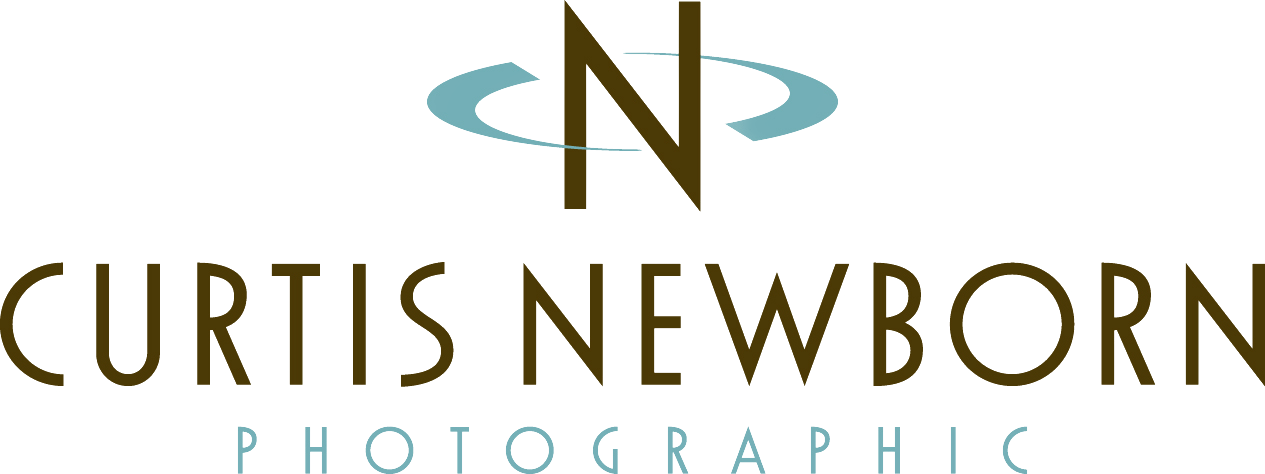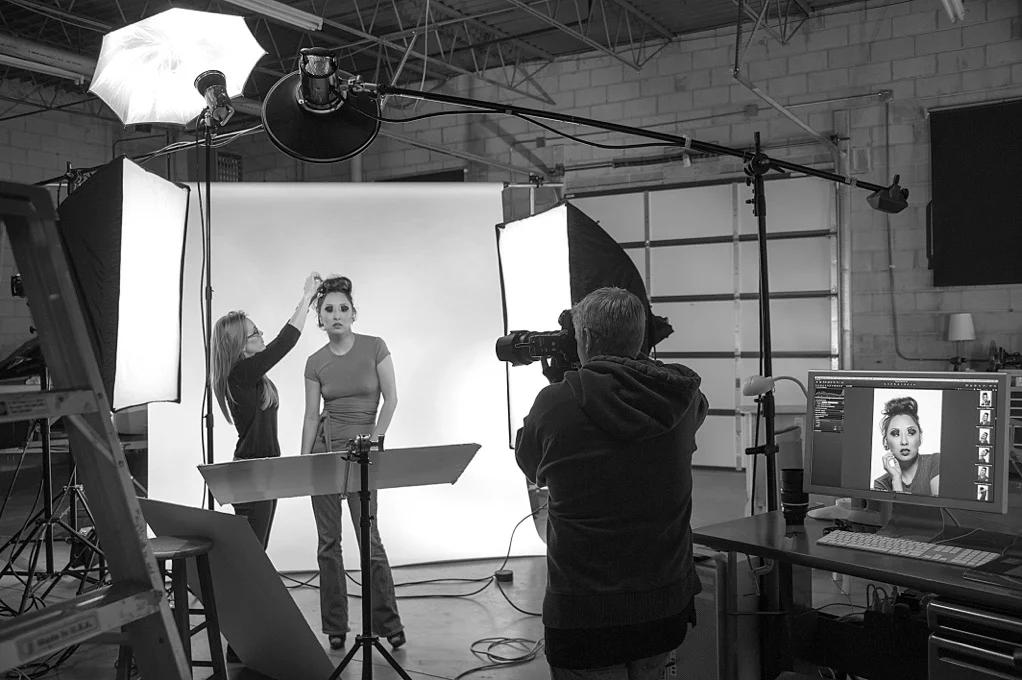We all know food tastes good, but it’s not always the easiest subject to photograph. Taking good photos doesn’t just happen by pointing and shooting. There’s a lot that goes into it.
A great photograph doesn’t just happen. You need to think about the details like composition, lighting, styling, etc. A good food photo makes your drool just looking at it because it displays the best traits of the food (aka, the subject).
Below are five tips from one of our brands, FoodPhotoStudio.com that detail some of the key aspects to getting great food shots:
Don’t Ignore Composition
Tell a story by using your backdrop or setting and props. Make sure that everything looks beautiful and well-rounded. Composition basically means the arrangement of stuff in your photo. A good composition sets the scene for your audience, whether it’s a plate or a single piece of parsley on your dish.
One useful tool to keep in mind is the rule of thirds. The rule of thirds is a nine-part grid that you need to imagine over your photo or subject. Your main subject should be either along the lines or at the intersections of your grid. Our eyes are naturally drawn to these points, so it’s good to keep in mind when taking your photos. You use this method to really highlight your dish and tell a story.
Props Are Essential
Props can really set the storyline for your photo and give it more depth. However, you don’t want to overdo it. You want your photos to be full of detail, but you don’t want the props to take over the shot or upstage your main subject (the food).
For example:
Choose the plate you use wisely
Use accessories like napkins or utensils
Garnish the dish
Get creative with your backgrounds
If the food is busy, make sure your props aren’t, and if your setting/food isn’t so busy then add some flare and character using your plates, bowls, etc.
Angles Are Critical
Choosing the right angles makes all the difference. Some dishes are better with the side view and others are better from a birds eye view. When you establish which is best for your subject, you’ll really see an increase in response because you’ll have made the food look incredible!
Don’t Get Too Close
Try to take a shot far enough away from the ideal sizing you’ll want. This way you’ll have wiggle room when you are editing and you can play with different compositions in the editing process. Sometimes playing with the cropping when editing can take a photo that you didn’t love from the start to one that’s fantastic.
A good rule of thumb is being far enough away that you know you won’t end up cropping half the bowl out or even someone’s head. Think of the subject and how you want it to look in its "end use".
Interact With The Food
Interaction is a great way to liven up your photos. For example, cutting into the item, using a hand with a fork, etc., will create a story and make it more real versus just looking like fake, pretty food. It also adds character and creates a style to the client's photography.














